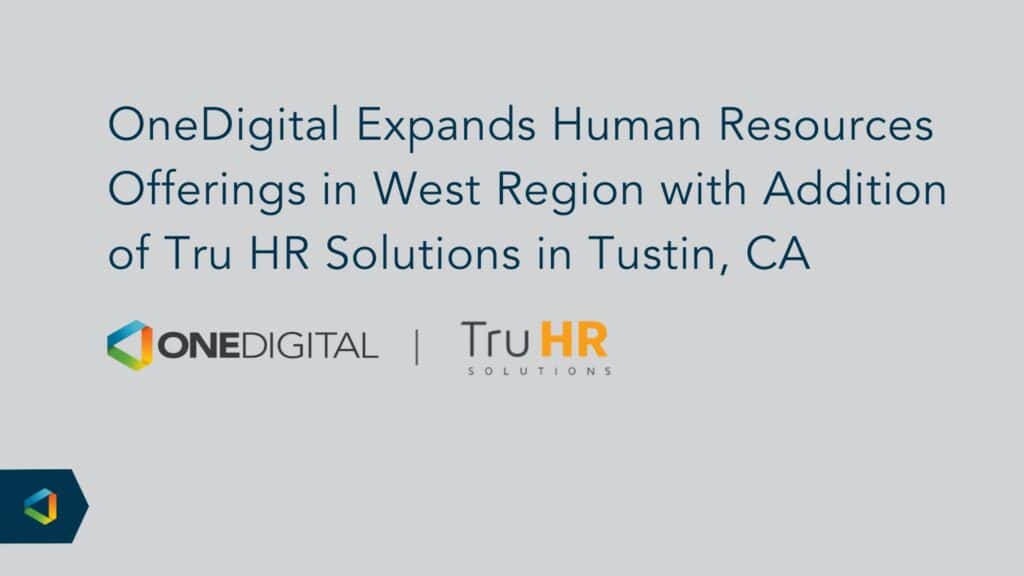No Headaches
Optimizing Your Team's HR Structure
Optimizing Your Team's HR Structure
An organization’s success depends heavily on its people and culture, which is driven by the quality and actions of the company’s human resources (HR) department. A strong HR function enables an organization to achieve its mission and goals, maximize employees’ skillsets and evolves as the company matures.
Utilizing HR for tactical personnel functions no longer addresses the needs of a 21st century workforce. In order to help organizations succeed, HR must be strategic problem solvers with a seat at the leadership table. As we come out of the pandemic, a strong HR presence will be vital to ensuring engagement and a positive Human Experience for employees.
How a company structures their HR function lays the framework for the organization. Ensuring there are resources to complete tactical jobs, such as payroll, compliance and benefits administration are the fundamental building blocks to the HR function. Equally as important is having the strategic, proactive thinkers who can optimize the skills their employees, drive talent forward, while also creating a culture of engagement to help support the company’s business goals and success.
A strong HR structure address all key areas of HR including recruitment, rewards and compensation, training, employee wellbeing, performance and development and succession planning. HR business needs vary by each organization. As organizations rethink how to position their HR function to become more strategic and optimize employee engagement, take into consideration the following components to best structure your HR team to support the organization:
- Goals of HR: Business leaders should start by determining the goals, mission and vision of their HR team. These goals should be aligned with the business’s overall strategy. Leaders should further determine the work culture they are trying to build to ensure their future HR team’s competencies, behaviors and skills align with the future needs of the organization.
- Employee Size: The size and needs of your HR team will depend upon the size of your workforce, as well as your anticipated rate of growth within the next 1-5 years. As organizations grow, the demand on HR grows as well. Many small to mid-size organizations determine it’s more beneficial to outsource their HR function as their HR needs may not necessitate a full-time role. Typically, organizations who are nearing the 100 employee mark may decide it’s time to hire someone in-house. In 2017, Bloomberg BNA found the median HR to staff ratio to be 1:4 for every 100 workers served by the HR department.
- The day-to-day: Within your current organization, consider who is handling payroll and the administrative HR tasks. Often, many employees in smaller organizations wear multiple hats, such as a Controller also processing payroll. Determine whether these functions are effectively being handled and how much time is spent in these areas. Decide where the tactical tasks will sit going forward.
- Current team’s skillset: Asses where your team’s current strengths and opportunities are, both within HR and the workforce as a whole. This will help you determine any potential skills-gap in your people resources and will give you a better idea of the needs of your HR team going forward.
When properly aligned and executed, HR can have a significant and positive impact on a company. Along with the above, there are other factors to consider, such as your industry, location(s) and complexity of your workforce. There is no one-size-fits-all approach, however, considering the above items will help determine an HR structure for your organization that can best support business success.




